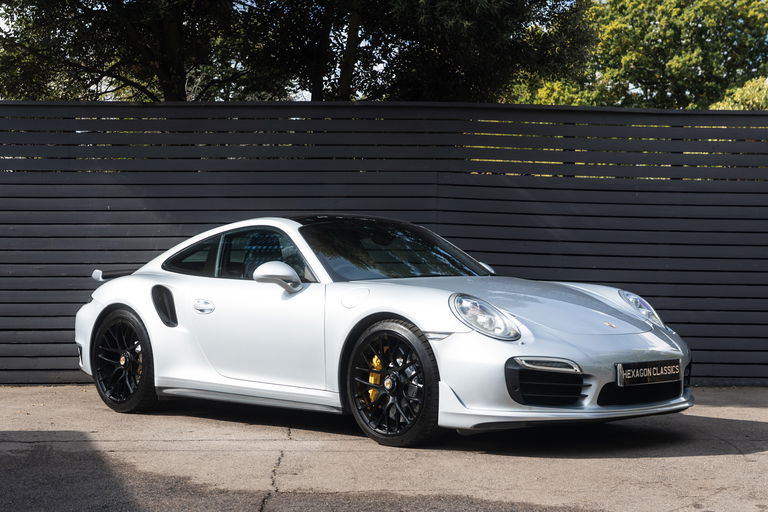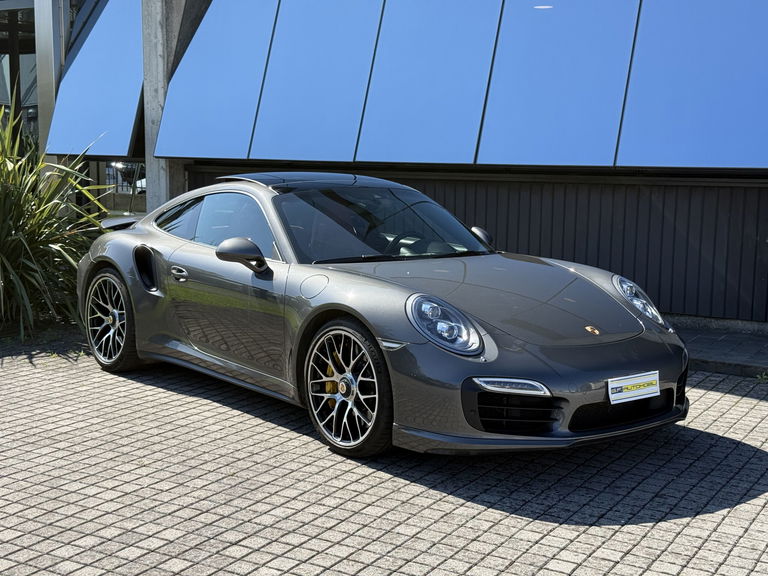Increased to up to 560 hp
The new top model of the current 991 series couldn't come onto the market at a more appropriate time. This year the 911 celebrates its 50th birthday and the 911 Turbo its 40th. To mark this double anniversary, Porsche is launching the Turbo and Turbo S at the same time for the first time. Only at first glance did the Zuffenhausen-based company stick to the usual recipe when developing it. Sure, the performance has been boosted again: the Turbo now has 520, 20 hp, and the Turbo S, with 560, now has 30 hp more than its direct ancestors. The top speed also increases by three kilometers per hour; the S variant we drove now reaches a maximum of 318 km/h. But instead of just relying on “stronger and faster”, the engineers have managed to cover a significantly wider range. In the standard setup, handling has become even easier and more comfortable, so that you almost want to give it the rating “suitable for everyday use”. The chassis is always sporty and firm, but the electronically adjustable dampers always iron out bumps and lateral grooves cleanly. The steering offers immediate feedback without being stiff. And the standard PDK dual clutch transmission changes the seven gears extremely quickly, but at the same time smoothly, and keeps the engine in a pleasant medium speed range.
All-wheel drive and rear-axle steering
So that the 911 Turbo S can be as full and calm on the road as it demonstrates at Bilster Berg, the engineers have come up with a lot of ideas. On the one hand, there is the longer wheelbase and the wider track compared to its predecessor. On the other hand, there is active roll stabilization, which reduces body roll to a minimum when cornering. In addition, larger (20 instead of 19 inches) and wider wheels are now installed. The standard all-wheel drive with electro-hydraulically controlled multi-plate clutch also ensures increased driving dynamics, which distributes the drive force even more variably between the rear and front axles – from zero to 100 percent. A completely new development is the all-wheel steering, which is being used in a Porsche for the first time. The rear wheels can turn here by up to 2.8 degrees. If this is done against the direction of the front wheels, the car becomes even more agile and, above all, more maneuverable when cornering. This helps when maneuvering; at 10.6 meters, the turning circle is correspondingly small. From a speed of 80 km/h, the rear wheels then steer in the same direction as the front. This ensures that the change of direction is initiated more quickly and more stability when changing lanes. Another innovation, the adaptive spoiler systems at the front and rear, also benefits driving stability. Adaptive means that they are not rigid, but extendable and automatically adapt to different driving situations. This is achieved at the front by a rubber lip that can be folded out in three stages. The rear wing can also extend in three stages.





























